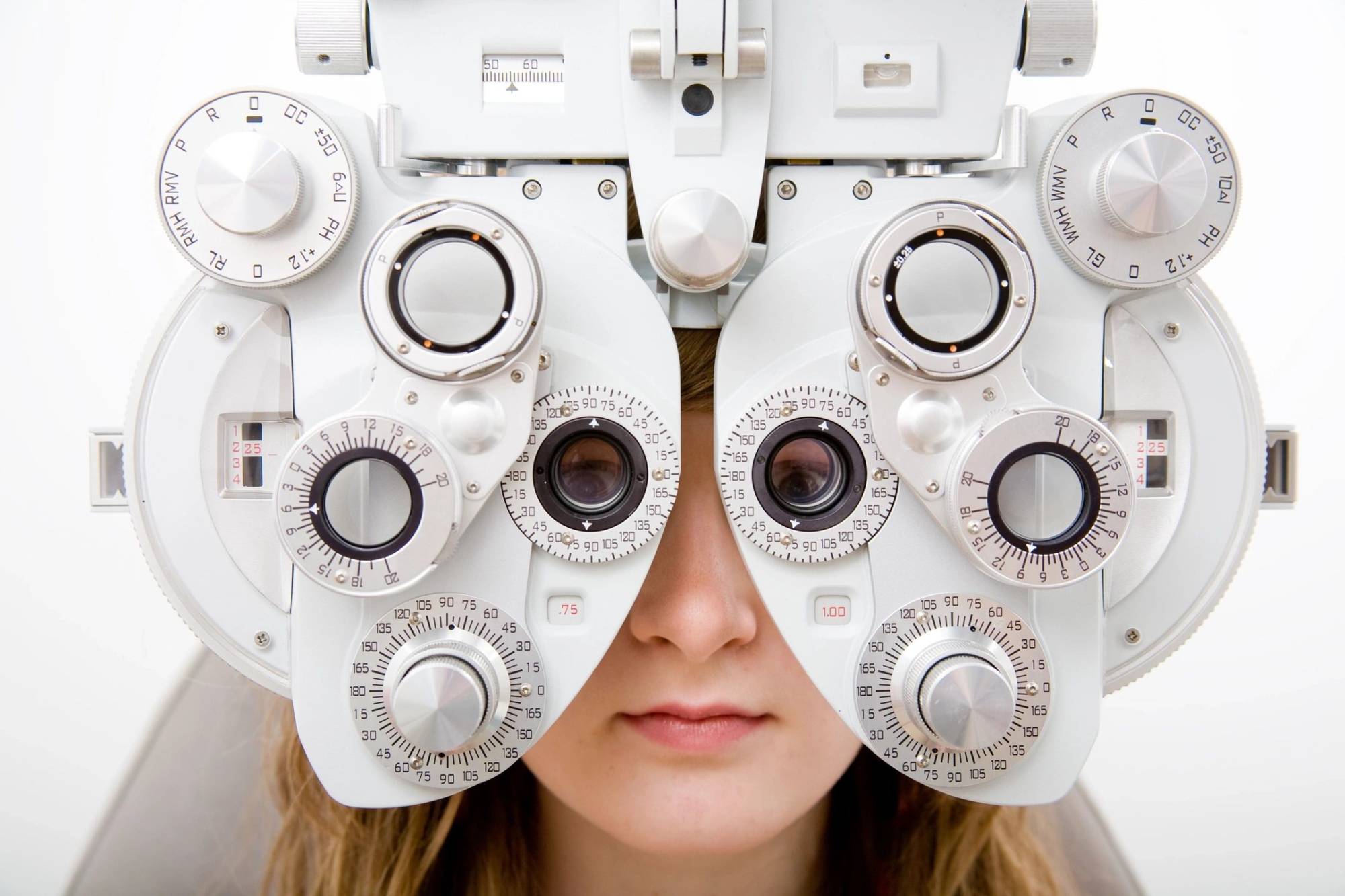Eye Test May Be Able To Detect Alzheimer’s Decades Before Onset
More than 5 million Americans currently have Alzheimer’s disease. That number is expected to increase dramatically in the decades ahead.
On Sunday, researchers announced the promising results of a study on a new test to pick up on the disease years – if not decades – in advance. And they’re looking for signs in an unusual place: the eye.
These bright dots are proteins called beta amyloids visible in the retina of a patient diagnosed with Alzheimer’s diseases.
Beta amyloids are typically found in the brain and have been known to be linked to Alzheimer’s.
Dr. James Galvin is a neurologist at New York University Langone Medical Center.
“What makes it unique is that the retina is actually an extension of the brain and so we think that a lot of the pathology that is occurring in the brain may also be occurring in the retina,” he said.
Australian researcher Shaun Frost tested 40 people using a liquid form of curcumin, the natural substance that makes curry yellow. Curcumin sticks to beta amyloids, allowing doctors to spot the proteins with a simple eye test.
Frost found that the test positively identified 100 percent of the participants who had Alzheimer’s.
Alzheimer’s so far is incurable, so why is it important to be able to detect it?
“Well, for several reasons. So we have medicines today that treat the symptoms of the disease, so you’d like to be able to pick up the disease as soon as possible, so you can start someone on an available medicine. But more importantly, in order to develop new therapies, we need to be able to identify people at the earliest stages,” said Galvin.
Currently, the disease is detected through spinal taps or PET scans, which are invasive, expensive and not readily available.
The developers of the eye test say it can predict the onset of Alzheimer’s 15 to 20 years before clinical diagnosis. The full study, involving 200 subjects, is expected to be completed earlier this year.




